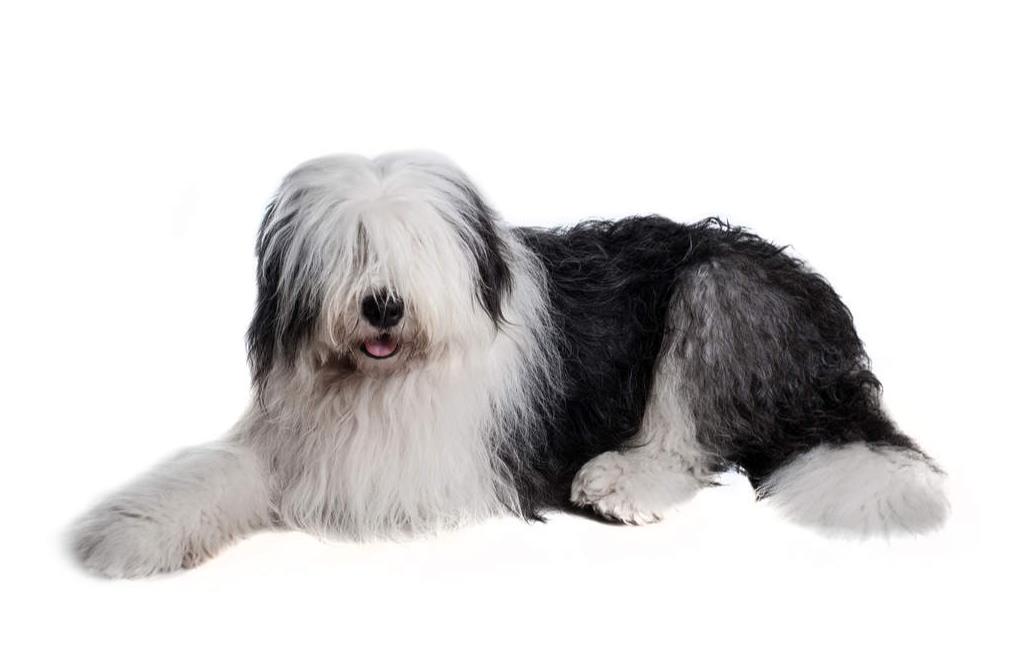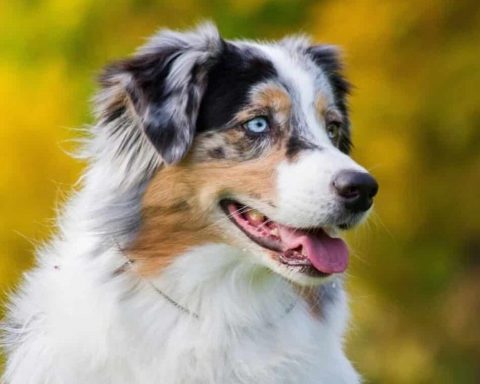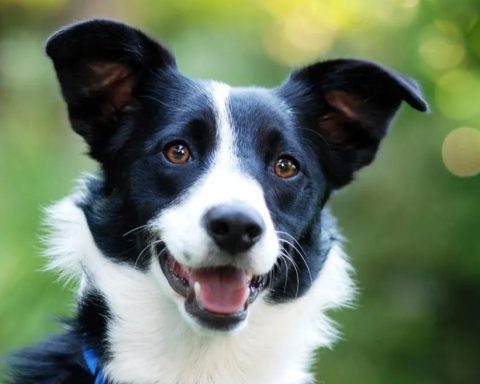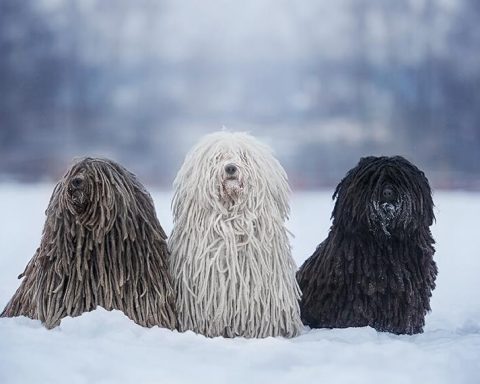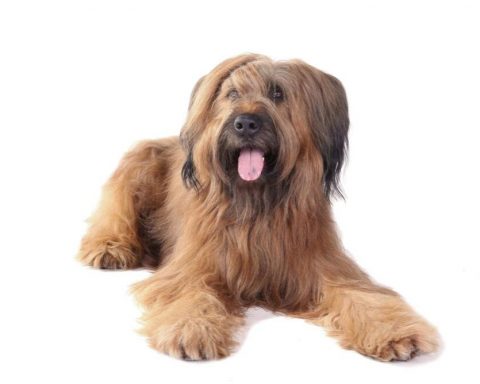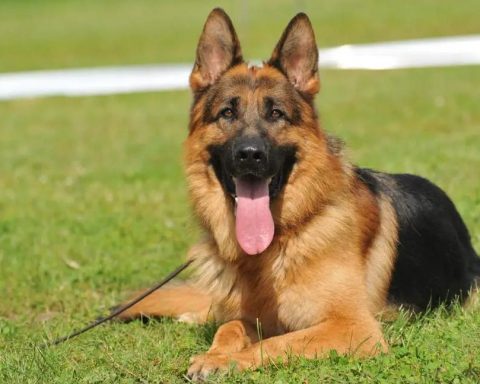summary
A robust, compact, square-proportioned, harmonious breed. Very attractive, with a rich, dense, but not excessive coat, muscular and strong body.
These qualities, combined with his liveliness, enable him to meet the exacting standards of a sheepdog or stockdog. The absence of defects is therefore of great importance. His bark is very distinctive, like the sound of “spoiled wine in a can”.
Origin
United Kingdom of Great Britain and Northern Ireland
Body type
Very typical, features and balance are very important and should not be sacrificed for size alone.
Size: At the withers (distance from the withers to the ground), males are about 22 inches (55.8 centimeters) or taller. Females are about 21 inches (53.3 cm) or taller.
Proportions: body length (distance from the front of the scapula to the prominence of the sciatic bone) is equal to shoulder height; there is no appearance of elongated legs or a long body with short legs. Physique: well-muscled and well-boned.
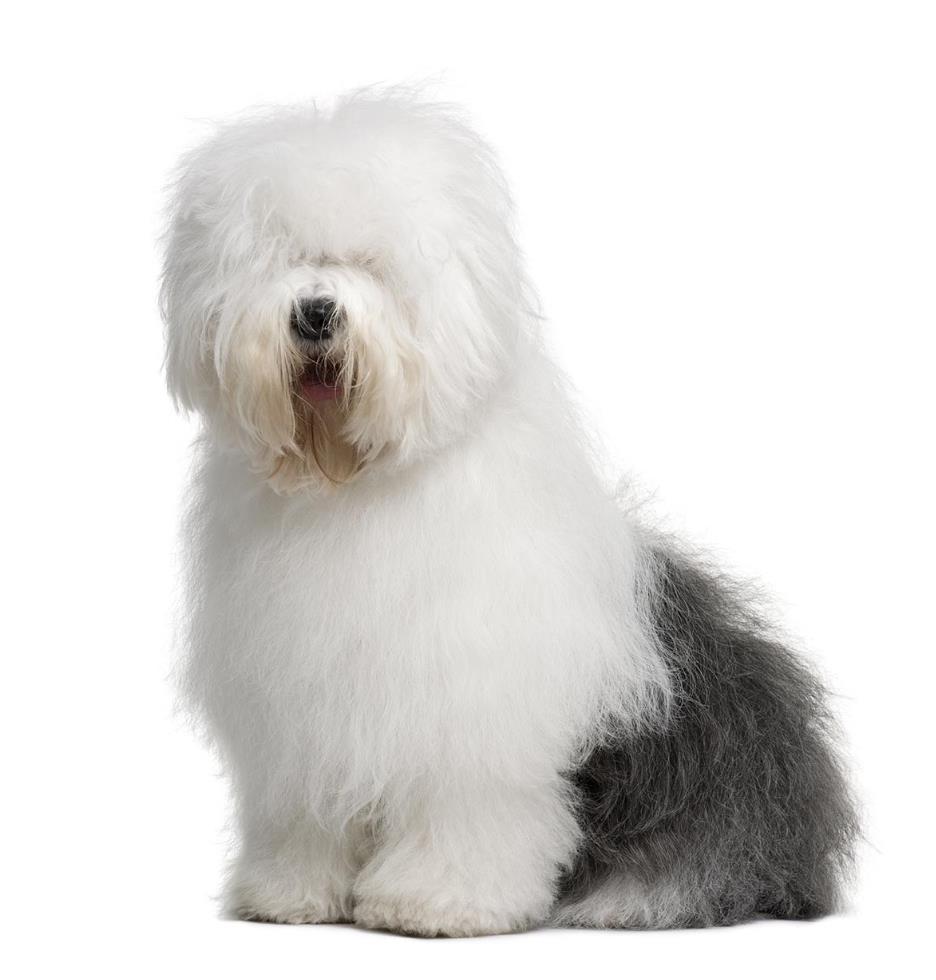
Head
Very intelligent in expression. Eyes: Brown, blue or one eye brown, one eye blue. If brown, the darker the color the better;
If orchid, off-white, greenish gray or ring eyes are typical. Amber or yellow eyes do not meet the need.
Ears: Medium sized, flat against the sides of the head.
Head: Wide and preferably square, giving the brain plenty of room (providing higher intelligence). The part above the eyes (above the eye sockets) is moderately domed. The entire head is covered with thick hair.
Stop: Very well defined Jaw: Fairly long, strong, square and cut short.
Note: A muzzle that is too long, narrow, and resembles a truncated muzzle is deformed.
Noseglasses: black, large and broad. Teeth: strong, large and straight. The bite is a pincer bite or a tight, clipped bite.
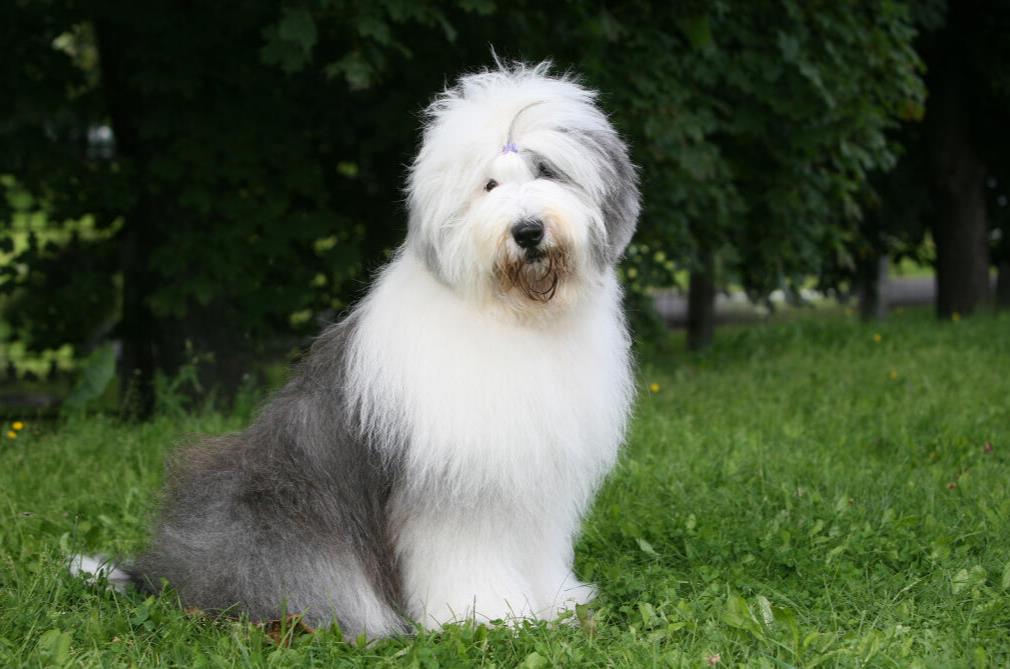
Neck, dorsal line, body
Neck: fairly long, gently rounded arch. Dorsal line: the horse’s shoulder rump is slightly lower than the loin, but there is no sign of weakness or flabbiness.
Note: The dorsal line is a characteristic unique to this breed and distinguishes it from others.
Body: Preferably short and compact, with hips wider than the shoulders, well supported ribs and a deep, broad chest. It is neither thick-slabbed nor barrel-chested. The loin is very firm and slightly rounded.
Tail: Broken tail, tail cut off close to the body so there is no natural wagging of the tail.
Forequarters
The scapulae are inclined backward and narrow at the tips. The forelegs are absolutely straight and well boned. The distance from the horse’s shoulder rump to the elbow is equal to the distance from the elbow to the ground.
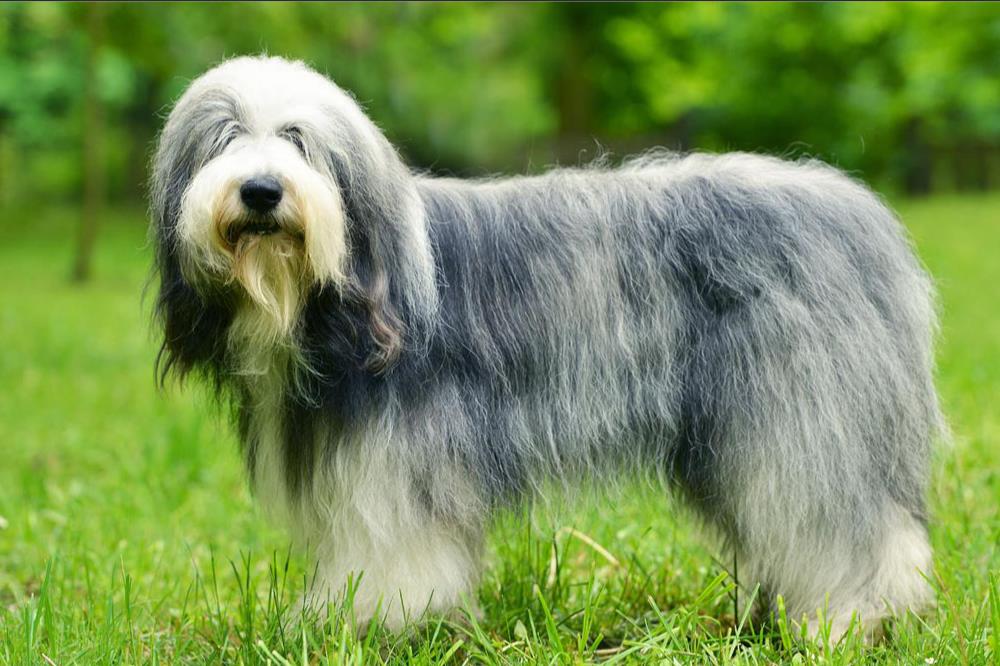
Hindquarters
Round and well-muscled, with the fly joints positioned low. When standing, the metatarsals are perpendicular to the ground from any angle.
Foot claws
Small and rounded, with rounded arches of the toes, thick and hard pads, and straight forward toes.
Coat
Very rich, but not so excessive as to make him appear fat, hard texture, not straight, but fluffy, not curly. The quality and texture of the coat is more important than the mere quantity of hair. A flat or soft coat is a defect.
The undercoat is water resistant until trimmed and seasonally shed. There is a moderate amount of coat on the ears and the entire head is covered with hair. There is also a good amount of coat on the neck. There is hair all around the legs.
The hair on the thighs and buttocks is thicker and longer than on the rest of the body, forming the so-called “jacket”. The outline and texture of the coat can be trimmed and cleaned manually, but the feet, claws and buttocks cannot be trimmed.
Color
Any depth of gray, off-white, orchid or brindle with or without white markings (or vice versa).
Any depth of brown, camel, or camel color is unwelcome and discouraged.
Gait
At the trot, the movement is stretched and powerful, very relaxed, with good forequarters extension and hindquarters drive.
The stride is very wide and has a low cadence.
Very elastic at the trot. Can also pace at low speed.
Temperament
Adaptable and very intelligent no matter what they do.
No signs of aggression, shyness or nervousness.
